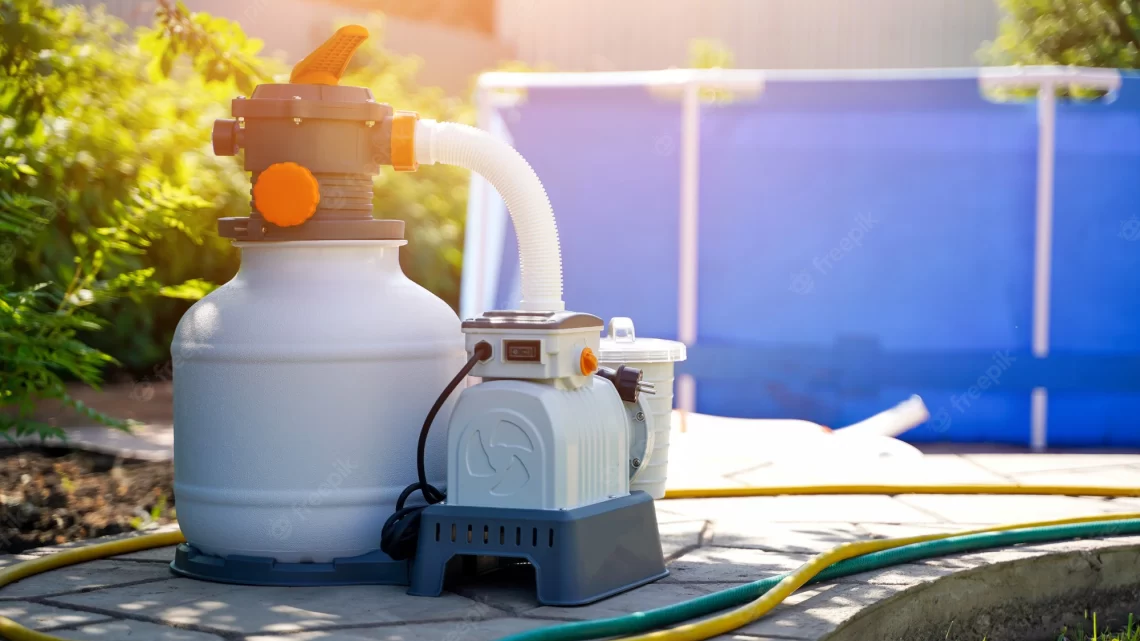Types of Swimming Pool Water Purifiers
July 10, 2022The process of swimming pool water purification begins by separating the main drain from surface water. The filtered water is then passed through a series of return jets, which impact turbulent flow. The result is a lowered pressure, and the water takes the path of least resistance upward. The next step involves a process called surface tension, which reforms the water into a laminar flow on the surface. Once this process is complete, the water is safe to swim in.
To begin, a swimming pool water purifier should remove the majority of debris and dirt. It should also use a chlorine stabiliser. The stabilizer will extend the half-life of chlorine. More chlorine means a longer filtration cycle. The amount of chlorine needed depends on a number of factors, including the type of pump and filter system, water temperature, debris level and the number of swimmers. However, many swimming pool water purifiers come with a warranty.
The chlorine that is sanitized in a swimming pool is a byproduct of the reaction between chlorine and nitrogen-containing wastes produced by bathers. Insufficient chlorine results in the formation of chloramines, which are the source of the odor you get from a swimming pool. Chlorine purifiers can remove chloramines through the process of superchlorination, which delivers 10 ppm chlorine into the water.
Another type of purifier is the Copper Ion system. These use 220v current to emit copper ions that kill algae and provide a residual in the water. Another type uses titanium plates to produce oxygen in the water, which helps degrade organic compounds. This type of purifier is easy to install, but you should always read the user’s manual before installing one. In the case that the copper ion levels are too high, remove the electrodes and retest the water.
Another kind of swimming pool water purifier is the Diatomaceous Earth filter. Diatomaceous earth filters remove finer particles than sand filters, but require more maintenance. A Diatomaceous Earth filter has a special membrane that removes combined chlorine and the smell associated with it. In addition, these units should run between eight and twelve hours per day. You should backwash the sand unit at least once per week.
Regardless of the type of water treatment system you install, animal waste will be in the water. It can be tracked in by human feet, summer winds, and even by Fido while he takes a dip. Animal waste will include feces, fur, and even saliva. It’s a big problem if you’re worried about your pet’s health. Fortunately, the latest technology can help with this problem.
The chemical chlorine, the most common disinfectant used in swimming pools, is also harmful. The chemical reacts with water and creates unwanted byproducts such as chloramines. These chemicals are not only unhealthy for humans, but can also cause eye and nose irritation. They also contain harsh pathogens, such as giardia. In addition, poor hygiene can increase the risk of waterborne diseases, such as diarrhea.





